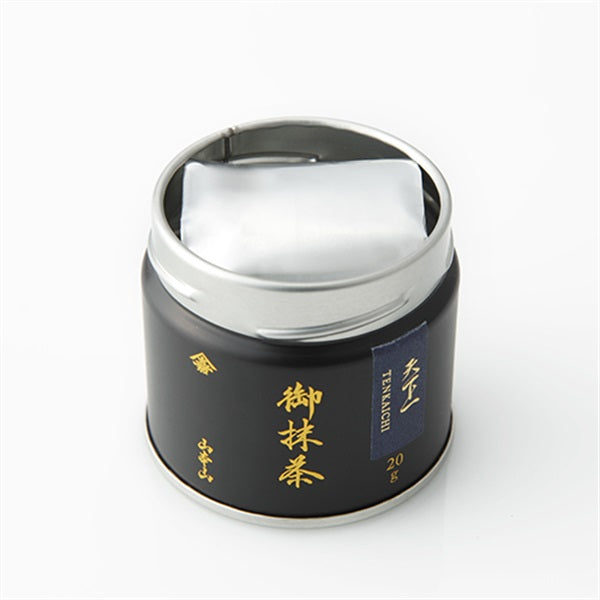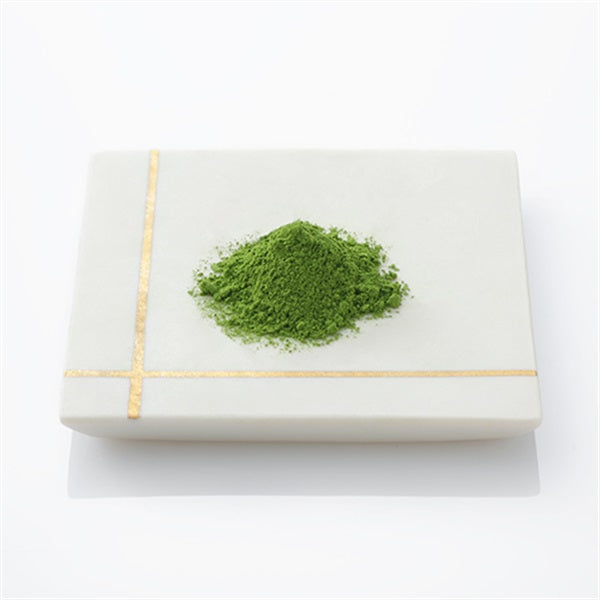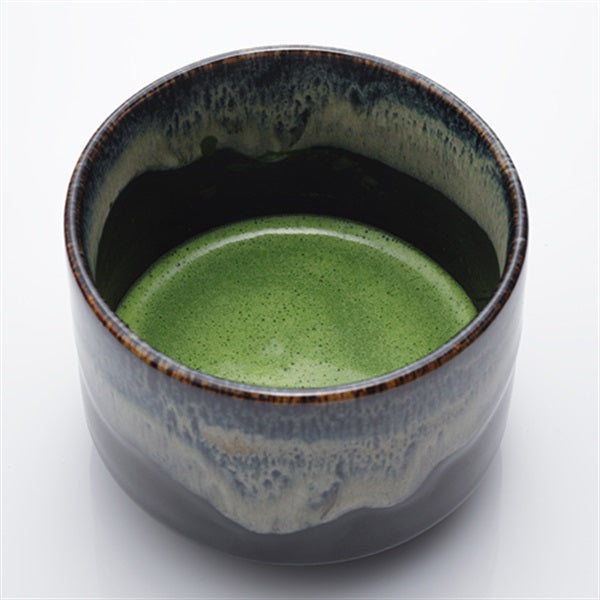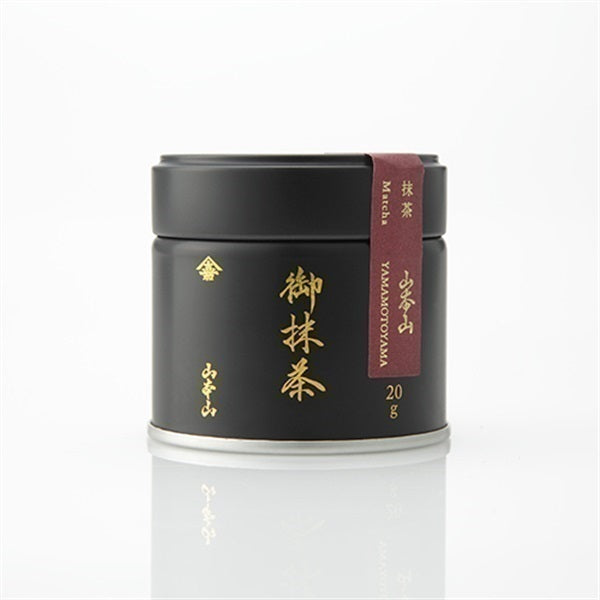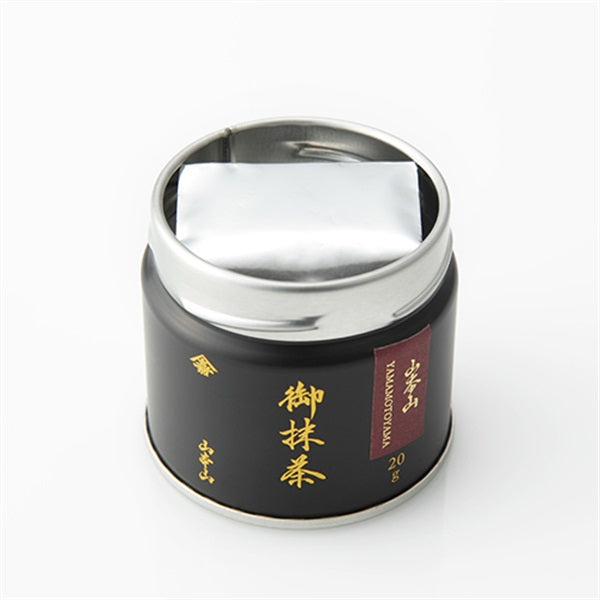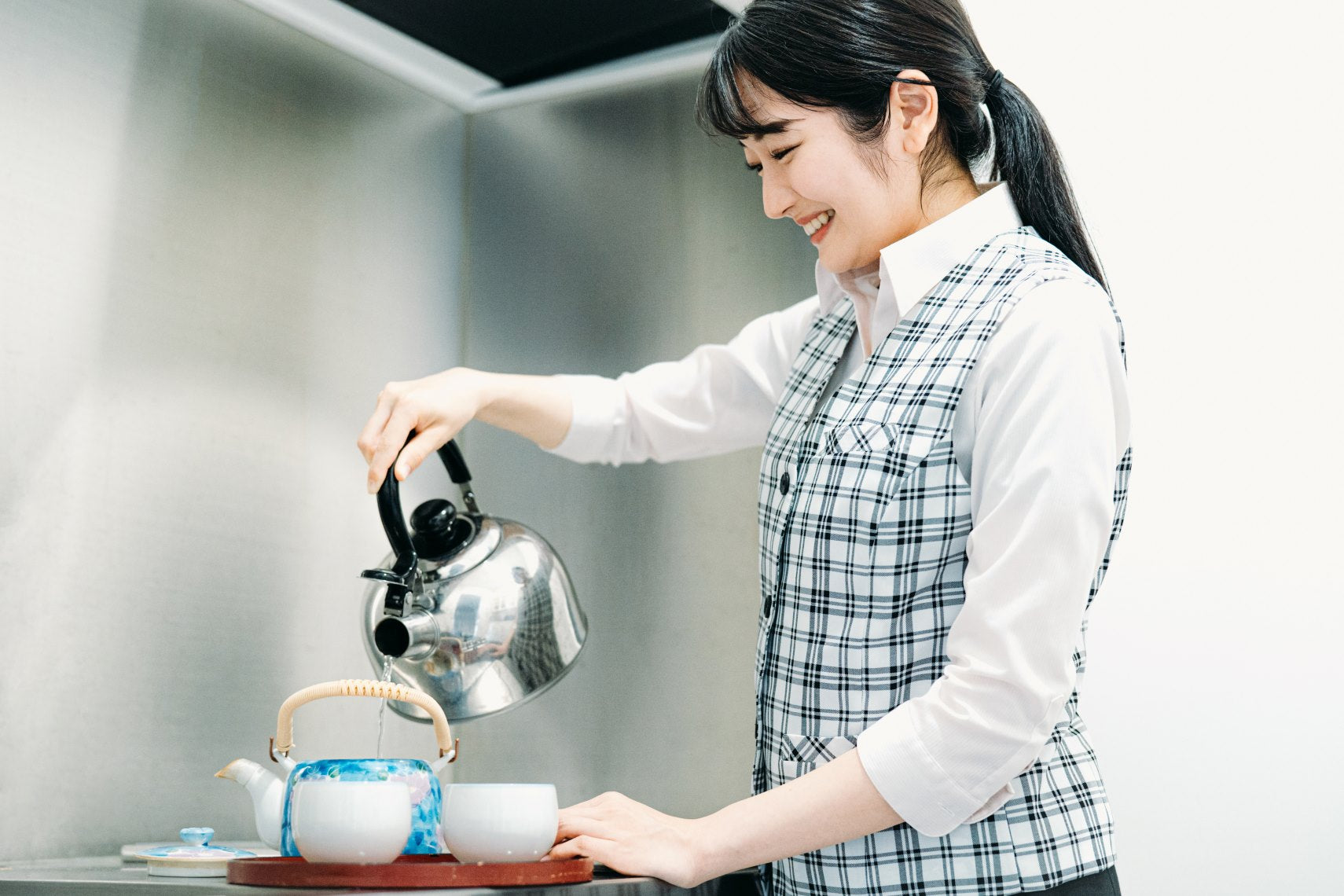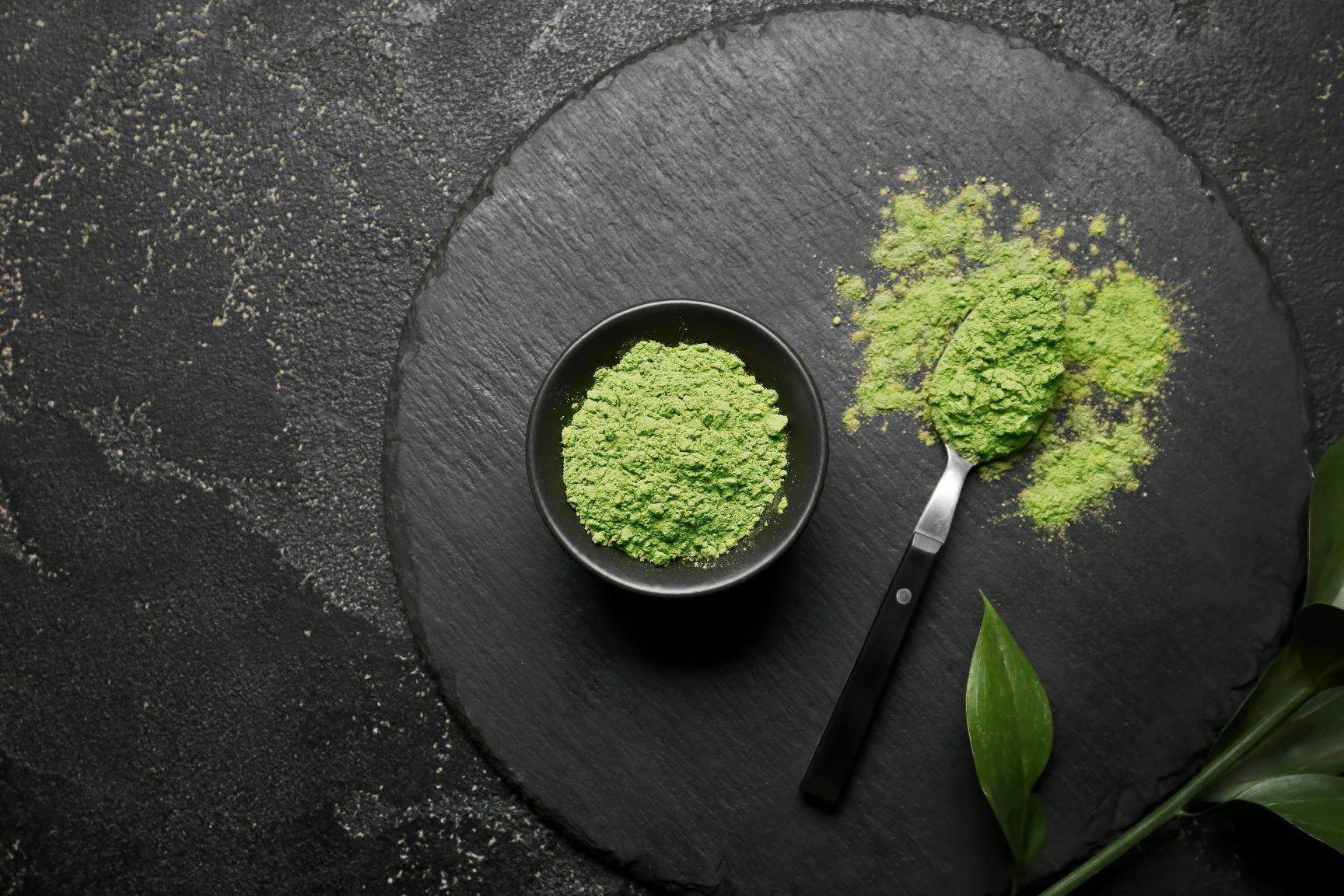
A must-see for matcha lovers! A detailed explanation of how tencha, the raw material for matcha, is made
Introduction
Matcha, with its beautiful deep green color, has a deep flavor that has long been loved by Japanese people, but in recent years it has become popular all over the world, and its popularity is growing year by year.
How does it achieve that rich flavor that spreads with every sip and that soothing green color that brings comfort to the body and mind?
This time, we will introduce in detail the process that matcha goes through from the tea fields to our hands.

How to make tencha, the raw material for matcha
1. Tea Leaf Cultivation: Cultivated in the Ohishita Tea Garden
The tea leaves that are used to make matcha are cultivated in a way that is different from that used for regular green tea.
First, the tea plants are grown in a shaded environment known as "cover cultivation." By blocking out sunlight, the tea leaves store plenty of amino acids, which are the umami components, giving them a unique flavor and a vibrant green color.
2. Picking: Carefully picking the new shoots
The tea leaves are carefully hand-picked when they are new, while keeping an eye on their growth. The timing of this picking greatly influences the quality of the matcha.
3. Steaming: Steaming stops the activity of enzymes
Once picked, the tea leaves are immediately heated at high temperature over steam for 10-20 seconds.
This process stops the activity of enzymes in the tea leaves, prevents oxidation, and preserves the bright green color and flavor. The shorter steaming time makes the leaves even more vibrant in color and enhances the aroma.
4. Cooling: Removing heat from tea leaves
The tea leaves are blown up and down repeatedly to a height of 5-6 meters using a cooling tea scattering machine. The dew is removed while the tea leaves are cooled, and any leaves that were stuck together are separated one by one.
5. Rough drying: Drying the tea leaves
The steamed tea leaves are then slowly dried.
Specifically, the tea leaves are dried in a drying oven that is over 10 meters long and has a three-stage conveyor belt inside.
The tea leaves that have been roughly dried on the lower level are then sent to the upper level by wind, and then passed through the middle level for the final drying. Through this three-stage drying process, the moisture in the tea leaves slowly evaporates, concentrating the flavor.
6. Selection
As the dried tea leaves are cut, the leaves and stems are separated and sifted to remove impurities.
In the finishing process of tencha, the tough leaves and stems that reduce the quality of matcha are removed, the powder is crushed into a size that is easy to grind (about 5 mm) using a tea mill, and dried slowly at a low temperature. This finishing process of tencha is called "Tate".
7. Finish drying: Finishing the moisture content to an appropriate level for storage
The leaves, which dry easily, and the stems, which do not, are dried at appropriate temperatures. The product is the crude tencha tea.
8. Bag Packing
The rough tencha tea is packed into bags and stored for a certain period of time to mature. It is then further selected and roasted to become the finished tencha tea.
9. Stone-grind to make matcha
The finished tencha tea is ground slowly over time using a stone mill.
The rice is ground little by little using a mill that rotates at a constant speed in a room where the temperature and humidity are kept constant. A single mill has a grinding capacity of about 40-50 grams per hour.
In this process, the tea leaves turn into a fine powder, which becomes matcha. Grinding slowly and steadily creates just the right amount of frictional heat in the stone mill, which is said to bring out the flavor of the matcha. After that, the powder is sieved to adjust the grain size, and the matcha is complete.

summary
What did you think? This time, we introduced the manufacturing process of tencha, the raw material of matcha. The big difference with sencha is that there is no rolling process, but instead there is a process of carefully grinding in a stone mill.
By learning about the care and effort that goes into each and every step of the process, the matcha you drink every day will taste even more delicious.




